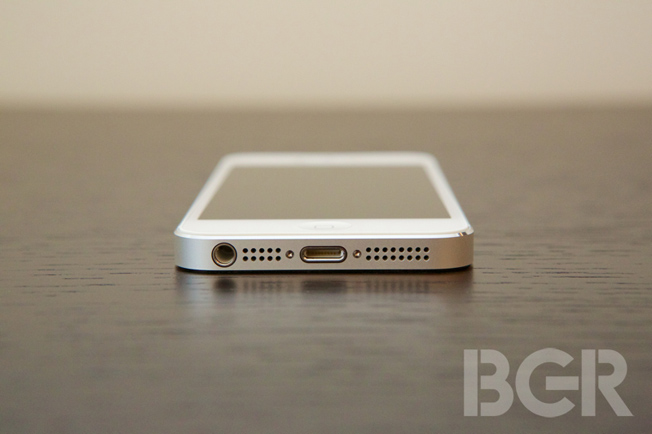If iPhone sales volumes fall as low as some Wall Street analysts now expect during the spring quarter, the decline would actually be worse than the biggest disasters in mobile phone history, including Motorola’s post-RAZR crash in 2007 and Nokia’s collapse in 2012. Can it really be this bad or are analysts simply locked in a race to outpace the possible upcoming share price plunge?
Apple missed the consensus when it shipped 47.8 million iPhones during the Christmas quarter. At the end of December, Apple was still expected to sell 52 million units during the Christmas period. That disappointment combined with bad news from Apple’s contractors has not only depressed March-quarter volume expectations, but also sent June-quarter projections dropping to extreme lows.
As Apple’s share price has continued drifting lower, major brokerages have been moving spring-quarter iPhone volume estimates to as low as 26 million units. The overall spring consensus is still above 30 million, but it includes old estimates and is out of date at this point.
The 26 million unit volume would mean a decline of 45% between the December and June quarters. A year ago, Apple’s iPhone volume declined from 37 million in the Christmas quarter to 26 million in the June quarter of 2012. That 30% decline was partly a result of how slight an upgrade the iPhone 4S represented compared to the iPhone 4. Now Wall Street has started anticipating zero volume growth between the June quarters of 2012 and 2013… while global smartphone shipment volume soars by more than 30%.
The peculiar thing about this is that Apple has kicked off a remarkably aggressive series of promotions and price cuts to boost iPhone volumes. This seems to be having an impact. Times of India is reporting that the new cash-back strategy has boosted iPhone sales volumes in India. The British USwitch sales tracker now shows three iPhone models among the six best-selling smartphones in the U.K.— in January, the best-selling Apple model placed at No.7.
Certain recent moves (like cutting prices in Brazil by as much as 25%) were probably driven by Apple’s horror over how much iPhone sales softened at the end of 2012. The aggression seems to be reviving demand. Obviously, margins are heading south; but is it really realistic to expect that this spring, there will be zero iPhone volume growth compared to the spring of 2012?
Looking at the worst debacles in the handset industry history, Motorola’s RAZR bust stands as perhaps the best-known example of disastrous mismanagement of a brand. Motorola delivered extraordinary growth of its RAZR model range in 2005 and 2006, strip-mining the franchise and degrading the premium brand by dropping pricing too rapidly. Then followed the epic bust of 2007. Motorola shipped 40.9 million phones in the Christmas quarter of 2007, down 37.7% from Christmas of 2006.
Another spectacular blow-up happened in 2011. Nokia’s new CEO blurted out in February that he intended to phase out the Symbian OS rapidly, strongly implying that it was an uncompetitive mess. Nokia’s smartphone sales started tanking immediately, resulting in Christmas 2011 smartphone volumes coming in 31% lower than in Christmas 2010.
Those 38% and 31% volume drops over 12-month periods in 2007 and 2011 were epic. But Wall Street is now starting to believe that Apple’s iPhone volumes will drop by 43% in six months while the overall smartphone market expands at a brisk clip. The latest iPhone spring volume estimates are extraordinary in historical context, particularly considering how daring Apple’s recent marketing pushes have been in Latin America, Europe and Asia.




